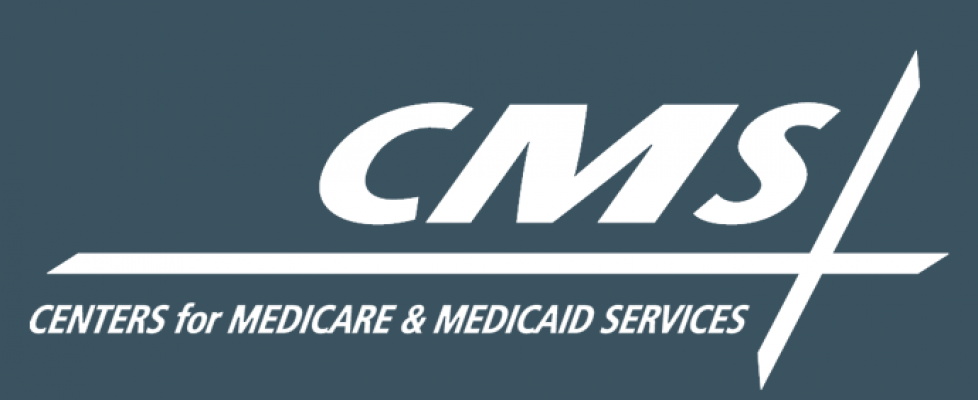CMS Greenlights Teletherapy and Signals Support for Future Telehealth Services
The end of 2021 brings positive indications of the continued acceptance of telehealth as an important clinical care approach post public health emergency (“PHE”). The Centers for Medicare and Medicaid Services (“CMS”), like other payors, overhauled its approach to telehealth services in response to the COVID-19 PHE. In the CY 2022 Physician Fee Schedule Final Rule (“Final Rule”) just published this November, CMS recognized telehealth’s surge in popularity during the PHE and responded by announcing two further regulatory changes to promote wider use of telehealth: (1) an extended timeline for Medicare reimbursement for current telehealth services, and (2) relaxed criteria for diagnosing, evaluating, and treating mental health disorders via telehealth. Such changes signal CMS’ appreciation for telehealth and an openness to continue revisiting its reimbursement criteria. Limits a patient’s financial responsibility for OON emergency services, most non-emergency services furnished by OON providers at in-network (“INN”) hospitals, and OON air ambulance services to the amount for which the patient would be responsible had those services been furnished by INN providers (i.e., INN cost-sharing amounts); and
Extended Reimbursement Timeframe
First, CMS extended the reimbursement timeframe for all telehealth services temporarily authorized for Medicare reimbursement during the PHE on a Category 3 basis (“Telehealth Services”). In the Final Rule, CMS announced that providers may continue to be reimbursed for such services until the end of the 2023 calendar year.ii This extended timeline will allow providers to continue to provide Telehealth Services, while developing clinical evidence to support their permanent addition to the CMS Telehealth List.
Relaxed Criteria for Mental Health Disorders
Second, CMS significantly relaxed its reimbursement criteria for telehealth services furnished “for purposes of diagnosis, evaluation, or treatment of a mental health disorder.” Historically, Medicare paid for such services, like all on the CMS Telehealth List, only if: (1) a qualified practitioner furnished the services; (2) the practitioner was located at qualified distant site (e.g. certain facility types); (3) the patient presented at a qualifying originating site (e.g. a rural area in a provider’s office or facility); and (4) the parties used technology that permitted two-way, real-time interactive communications complying with state and federal privacy laws.iii
The Final Rule, however, authorizes Medicare payment for telehealth services furnished “for purposes of diagnosis, evaluation or treatment of a mental health disorder” on a permanent basis (even after the PHE ends) under the following relaxed criteria:iv
- First, a patient’s home may now serve as a qualifying originating site for telehealth encounters for the diagnosis, evaluation or treatment of a mental health disorder, provided that such services are preceded and followed by an in-person visit. Specifically, the practitioner furnishing the telehealth services must: (i) have also furnished an item or service in-person to the patient (i.e., without use of telehealth) within 6 months before the first time the provider furnished telehealth services to the patient; and (ii) furnish in-person services to such patient every 12 months after a telehealth service.vi However, the “same practitioner” may include either (i) the practitioner rendering the telehealth service; or (ii) a practitioner in the same specialty and same group as such practitioner.vii Consequently, CMS is allowing telehealth practitioners to rely on others in their group to provide in-person services to meet this requirement.
- Second, for the evaluation and treatment of mental health disorders, CMS waived the geographic restrictions for patient’s homes.viii Now, a patient’s home may serve as an originating site for such services even if not in a qualifying rural zip code.https://9a5ea95ff37c43bc89c30ab92b8d282c.safeframe.googlesyndication.com/safeframe/1-0-38/html/container.html
- Third, for the evaluation and treatment of mental health disorders, CMS is permanently allowing audio-only visits when: (1) the patient’s home serves as the originating site for the encounter, and (2) the telehealth provider has audio-visual technical capabilities for the encounter, but the patient either is not capable of or does not consent to a video encounter.ix For services other than behavioral health counseling services, CMS is still requiring providers to use two-way, audio-visual communications technology.x
Collectively, these changes are likely to significantly broaden access to behavioral health care for Medicare beneficiaries and provide a runway for providers to develop clinical arguments for other services to be reimbursed as telehealth services. Finally, the Final Rule suggests CMS’s greater acceptance of the importance of telehealth in promoting accessible care, which may signal to providers that the telehealth revolution is here to stay.

